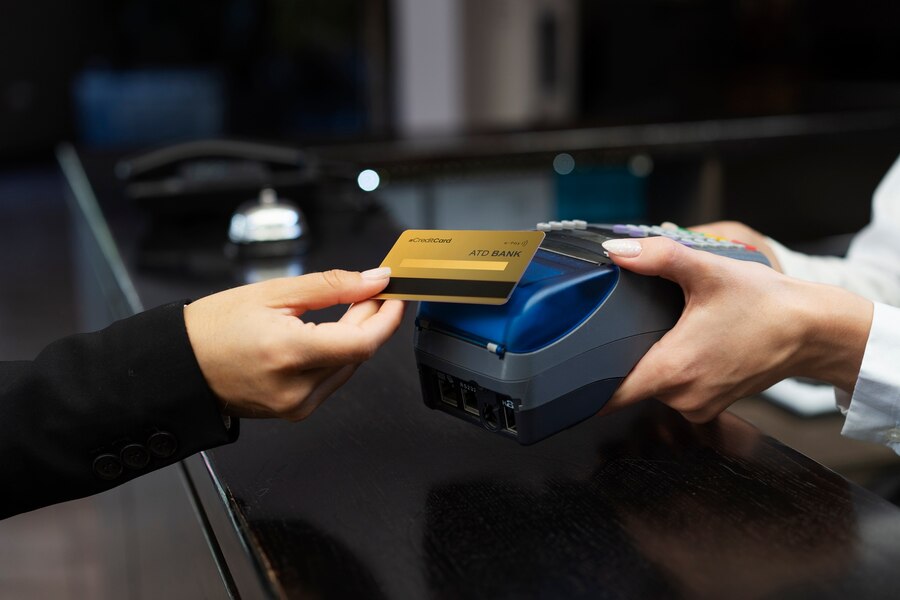
The Global Significance of BINs in the Payment Card Industry
BINs hold global significance in the payment card industry. They serve as unique identifiers that enable smooth transactions, protect against fraud, and ensure interoperability across different payment systems. BINs are vital, including card issuer identification, fraud prevention, payment processing, and global standardization. As the industry evolves, BINs will remain at the forefront of innovation, providing enhanced security and convenience for payment card users worldwide.
At its core, a BIN is a unique numerical identifier that is assigned to each payment card. It serves as the first six digits of a card number and holds vital information about the card issuer, the type of card, and the geographic location. BINs are integral to the functioning of the payment card ecosystem, enabling seamless transactions and providing enhanced security measures.
The Functionality of BINs
BINs are the key identifier for card issuers within the payment card network. Each BIN corresponds to a specific financial institution or card issuer, allowing for swift and accurate identification during transactions. These numerical sequences, typically the first six digits of a card number, hold vital information about the issuer, including the country, bank, and card type. By leveraging BINs, merchants and payment processors can streamline payment processing, ensuring transactions reach the correct issuer promptly.
BIN ranges carry significant importance in the payment card industry. Financial institutions are assigned specific BIN ranges, which help differentiate their cards from others. This distinction ensures that transactions are routed to the appropriate financial institution for processing. BIN ranges also aid in detecting fraudulent activities, as any deviation from the designated range can raise an immediate red flag.
The Structure of BINs
To understand the significance of BINs, it is essential to grasp their structure. A typical BIN consists of six digits, each with a specific meaning. Online merchants may use several BIN checker platforms to check and validate transactions. The first digit identifies the primary industry of the card issuer, such as banking or travel. The following digits provide information about the issuer, including the country or region of origin. The last digit is a checksum, which ensures the accuracy of the BIN.
BINs and Card Issuers
BINs are crucial in identifying the card issuer and differentiating between various financial institutions. Card issuers are assigned specific ranges of BINs, allowing them to issue unique cards to their customers. This allocation process enables easy recognition of the issuing institution and facilitates efficient routing of transactions.
BINs and Fraud Prevention
In an era where digital transactions are prevalent, fraud prevention is paramount. BINs contribute significantly to this aspect by helping detect and prevent fraudulent activities. BIN databases maintain records of known fraudulent BINs and suspicious patterns, allowing payment processors and merchants to flag potentially fraudulent transactions. This proactive approach helps protect both consumers and businesses from financial losses.
BINs and Payment Processing
When a payment card is used for a transaction, BINs are instrumental in the payment processing flow. They play a vital role in determining the card’s routing and authorization. Payment processors utilize BIN information to identify the card’s issuing institution and route the transaction to the appropriate network. BINs also aid in transaction authorization by providing information about the card type and restrictions, ensuring a seamless payment experience.
Global Standardization of BINs
In a globalized world, standardization is critical to ensuring interoperability and efficiency. BINs are no exception to this rule. International organizations, such as the International Organization for Standardization (ISO), have established standards for BINs to ensure consistency and compatibility across different payment systems. Global standardization of BINs simplifies cross-border transactions and promotes a seamless payment experience worldwide.
BINs and Cross-Border Transactions
Cross-border transactions come with their own set of challenges and considerations. BINs play a crucial role in facilitating these transactions by providing essential information about the card issuer and the country of origin. However, variations in BIN formats and regional regulations can create complexities. Efforts are being made to streamline cross-border BIN usage, enabling smoother international payment systems.
BINs and E-commerce
The rise of e-commerce has revolutionized the way we shop and pay for goods and services. BINs have become even more significant in the online transaction landscape. When making an online purchase, BINs validate the card and ensure its authenticity. BIN validation helps reduce payment errors and enhances security by confirming that the card is valid and not compromised. This validation process adds an extra layer of protection for customers and merchants in the digital realm.
BINs and Merchant Category Codes (MCCs)
Merchant Category Codes (MCCs) are numerical codes businesses assign to classify their products or services. BINs and MCCs work hand in hand to identify and categorize merchants during payment transactions. BINs provide information about the card issuer, while MCCs classify the type of business accepting the payment. This collaboration enables accurate identification of merchants and helps streamline transaction processing.
Emerging Trends in BINs
As technology continues to advance, so do BINs. New trends and developments in BIN technology are shaping the future of the payment card industry. One notable trend is the integration of BINs with mobile payment systems and digital wallets, allowing for seamless and secure transactions through smartphones. Additionally, artificial intelligence and machine learning advancements enhance fraud detection capabilities, making BINs integral to robust security measures.



